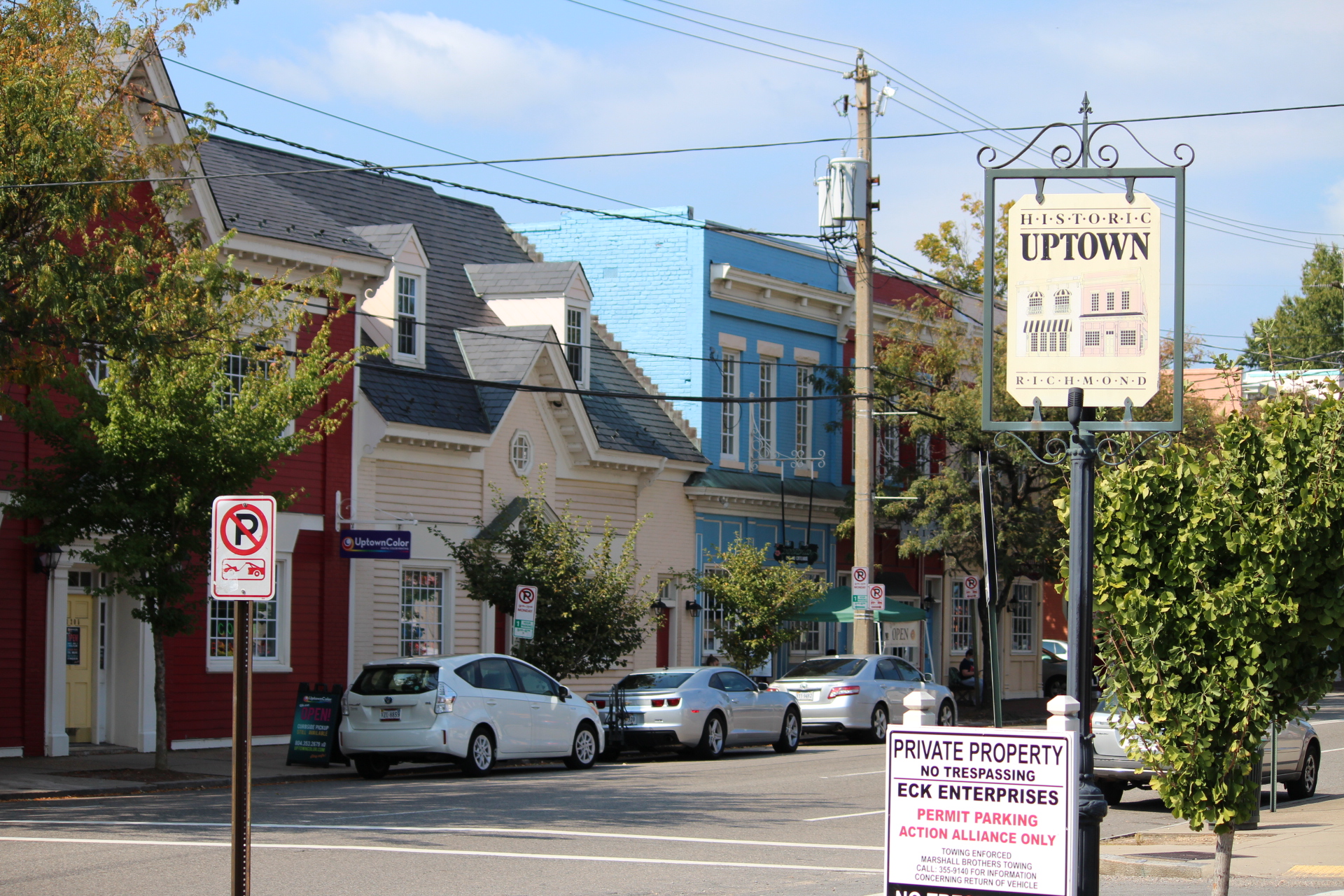
With over 150 properties in the neighborhood, the Eck family is one of the Fan’s biggest commercial landlords. (Mike Platania photos)
Decades after its late patriarch helped transform the Fan into what it is today, the Eck family is preparing to hand off its extensive portfolio in the neighborhood to a new owner.
The majority of Eck Enterprises’ portfolio of over 150 properties in the Fan is under contract to be sold. Many of the parcels, which include retail, multi-family residential and mixed-use buildings, line West Cary and Main streets near VCU’s Monroe Park campus.
The Eck family, through a spokesperson, said in a statement that they’ve decided to exit the real estate business and declined to comment further.
The offering hit the market earlier this month, with Commonwealth Commercial’s Kit Tyler and Nash Warren handling the listing. Tyler confirmed that over 90 percent of the Eck portfolio is under contract to an undisclosed buyer.
In total, the 158 properties were most recently assessed by the city at a combined $46.3 million. The properties cover a 10-block span encompassing 7.75 acres.
While the bulk of the portfolio awaits the closing table, a few of Eck’s properties have already been sold.
That includes the building at 1903 W. Main St., which is home to local dessert shop Shyndigz. City records show that in recent months Shyndigz owners Nicole and Bryon Jessee bought the building for $875,000.
The Jessees also bought the Eck-owned buildings that house their other businesses, Shyndigz Market & 2go Cafe and The Fancy Biscuit, at 1829-1833 W. Cary St. They paid the Ecks $950,000 for those and an adjacent parking lot. The couple also bought a quarter-acre site that includes a vacant building at 1904-1912 W. Cary St. from the Ecks for $655,000.
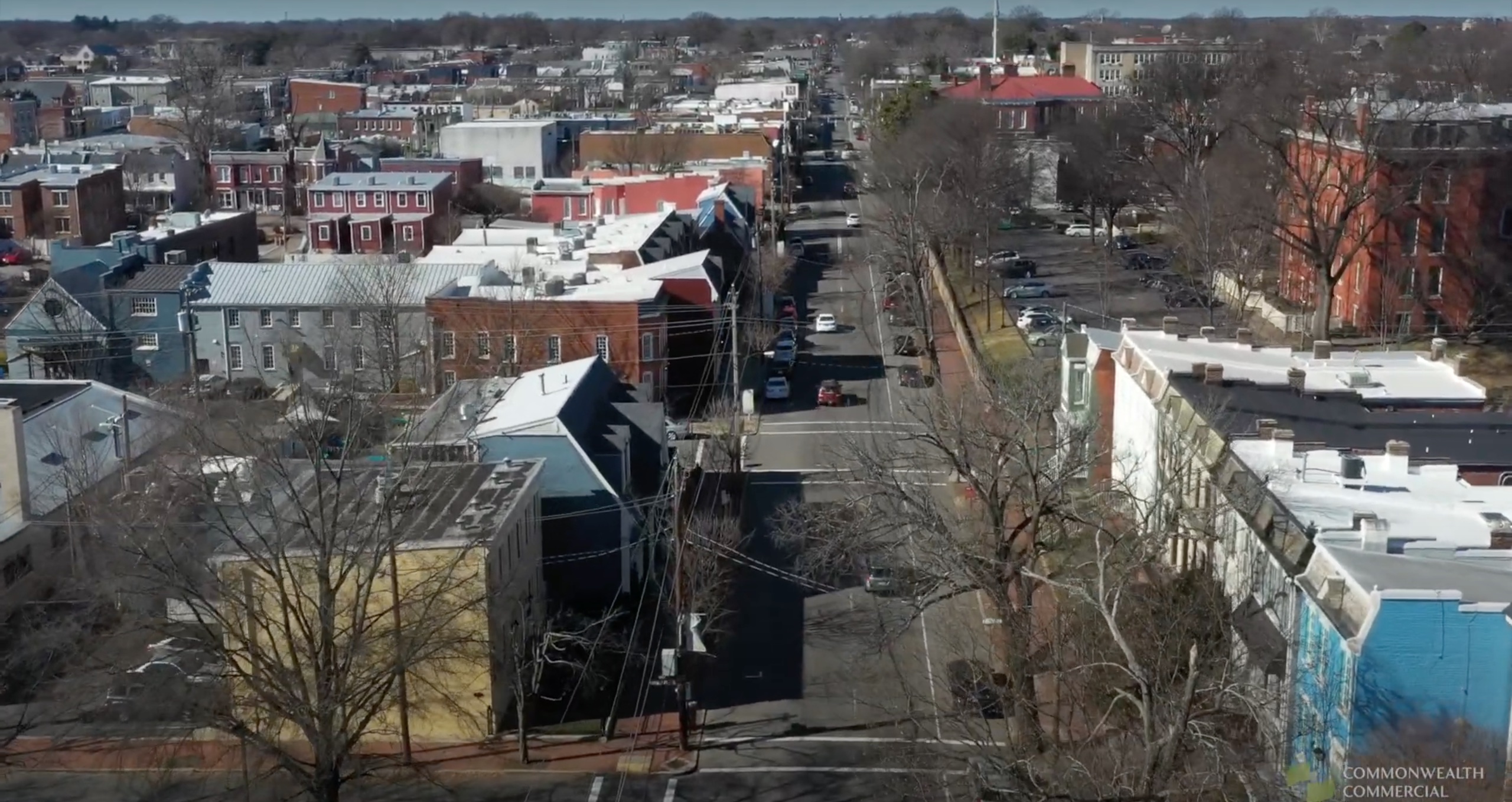
Edgar Eck Jr. has been credited with helping to connect West Main Street’s commercial corridor, pictured, with VCU’s Monroe Park campus.
In total, the Jessees have purchased nearly $2.5 million worth of Eck real estate through affiliated LLCs.
Local property management firm Metro Properties also struck a deal with the Ecks, buying a six-unit apartment building at 17 S. Randolph St. for $1.3 million. Metro President James Wright said in an email that the deal was part of a 1031 exchange following his firm’s sale of some land near The Diamond to Thalhimer Realty Partners.
Four other parcels from Eck Enterprises’ portfolio, mostly apartment buildings on side streets near VCU, sold over the summer for a total of $3.97 million.
End of an era
The sales mark the beginning of the end of a lengthy run for the Eck family in the Fan, which started in the 1980s when Edgar Eck Jr. began redeveloping buildings in the neighborhood.
Eck passed away in 2012, but his contemporaries say his impact on the Fan is still apparent.
Charlie Diradour worked for Eck’s successful General Assembly campaign in the late 1980s and has been a developer in the city ever since. Diradour described Eck as an “absolute unadulterated change agent.”
“Main Street was littered with run-down apartment buildings and dive bars. And when I say dive bars, I don’t mean the dive bars young people today refer to as a cool place to go,” Diradour said.
“Ed saw an opportunity to improve a neighborhood that at that time was not thought of as a VCU neighborhood. He literally connected VCU to that corridor by buying older buildings, improving the apartments and making them solid apartments for students to rent and use.”
John Conrad served on the City Council and as vice mayor in the 1990s when Eck was still working in Fan, and is still developing land in the area himself. Conrad said Eck’s work was a progression of the neighborhood’s southward development.
“In the ’70s and ’80s, the Fan was coming to fruition. Hanover and Monument (avenues) had already been popular, but a lot of people were focusing on buying the houses on Floyd (Avenue) because you could get them cheaper,” Conrad said. “That’s what led the Fan to really go gangbusters.”
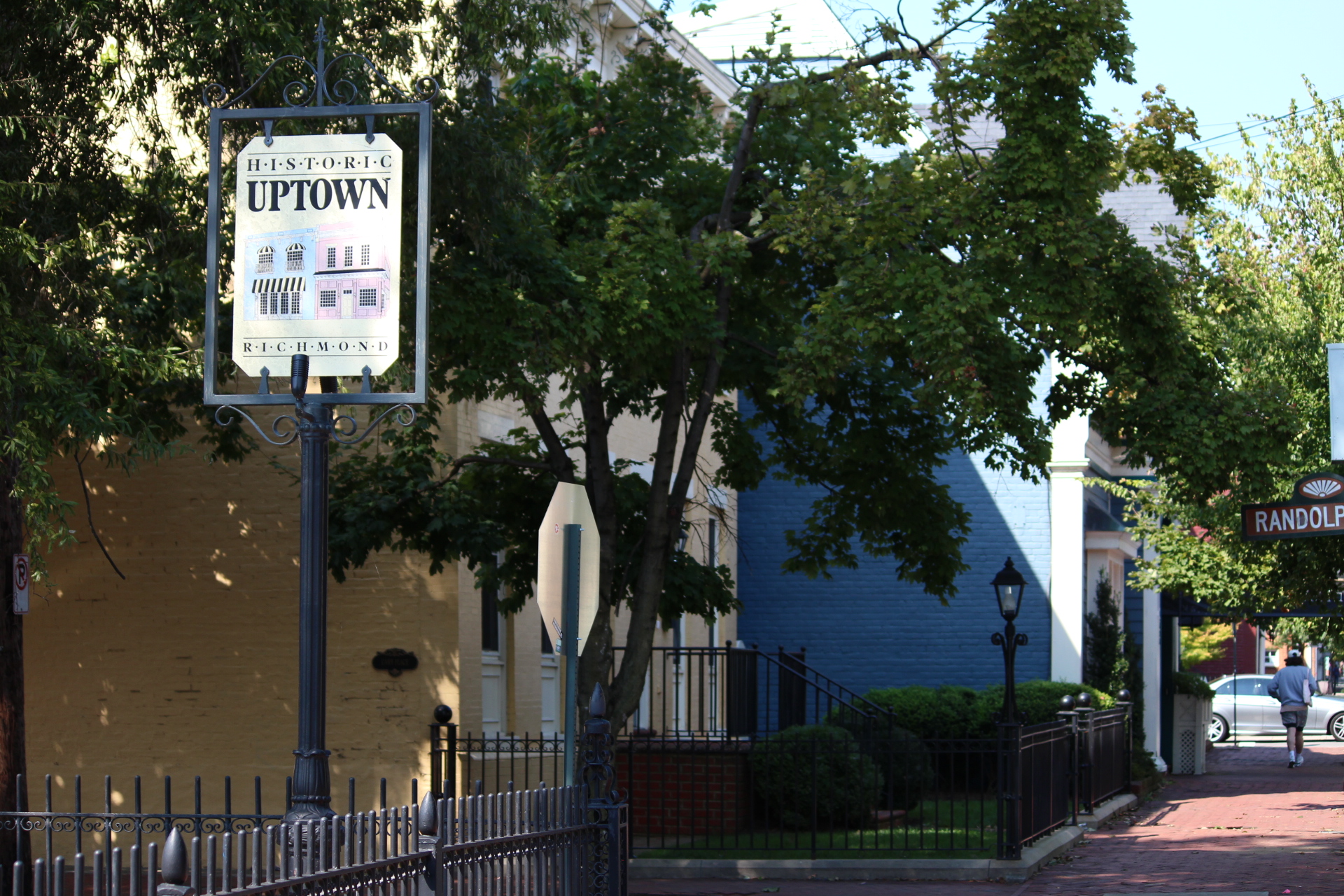
In the 1980s, Edgar Eck Jr. branded the stretch of West Main Street west of Harrison Street as “Uptown.”
Once the houses along Floyd Avenue in both the Fan and Museum District were bought up, Conrad said Eck moved in on the Fan’s main thoroughfares.
“People noticed because they would drive west on Main Street, coming from the central business district and they’d see what he had done,” Conrad said. “He showed the way to urban renewal in the city and I’m sure he inspired a lot of guys who got into it.”
Much of the Eck portfolio’s buildings feature the pastel-painted facades that have become a part of the Fan’s enduring identity. Eck and his family’s affinity for the Painted Ladies buildings of San Francisco led to the bright palettes coming to Richmond buildings.
“When that happened, if you think that Facebook is full of opinions, Richmond should’ve been the model for Facebook, man,” Diradour said, laughing.
“There were opinions on the color scheme up and down Main Street that you just wouldn’t forget. Some liked it, some didn’t. At that time, it was way over-the-top in some people’s opinions.”
In addition to the visual element, Conrad said Eck’s branding of the stretch along Main Street as “Uptown” also helped draw in people to the Fan.
“He was not only effective in buying and fixing up these properties, he was a really effective promoter of it,” Conrad said. “He gave it a brand name and promoted that.”
Now as the family business led by Ed Eck III looks to cash out, Diradour and Conrad continue to hold the late Eck, his family, and his work in high regard.
“I loved the guy dearly, he was a can-do type of guy. He and his family really should be credited for developing this portion of Main Street from Harrison to the boulevard,” Conrad said.
Added Diradour: “Here you had a guy that saw the broad vision of what could be, but he was also down in the weeds of how he was going to get it done. Anything they did was tier-one stuff and that came through in Mr. Eck’s dealings in real estate.”

With over 150 properties in the neighborhood, the Eck family is one of the Fan’s biggest commercial landlords. (Mike Platania photos)
Decades after its late patriarch helped transform the Fan into what it is today, the Eck family is preparing to hand off its extensive portfolio in the neighborhood to a new owner.
The majority of Eck Enterprises’ portfolio of over 150 properties in the Fan is under contract to be sold. Many of the parcels, which include retail, multi-family residential and mixed-use buildings, line West Cary and Main streets near VCU’s Monroe Park campus.
The Eck family, through a spokesperson, said in a statement that they’ve decided to exit the real estate business and declined to comment further.
The offering hit the market earlier this month, with Commonwealth Commercial’s Kit Tyler and Nash Warren handling the listing. Tyler confirmed that over 90 percent of the Eck portfolio is under contract to an undisclosed buyer.
In total, the 158 properties were most recently assessed by the city at a combined $46.3 million. The properties cover a 10-block span encompassing 7.75 acres.
While the bulk of the portfolio awaits the closing table, a few of Eck’s properties have already been sold.
That includes the building at 1903 W. Main St., which is home to local dessert shop Shyndigz. City records show that in recent months Shyndigz owners Nicole and Bryon Jessee bought the building for $875,000.
The Jessees also bought the Eck-owned buildings that house their other businesses, Shyndigz Market & 2go Cafe and The Fancy Biscuit, at 1829-1833 W. Cary St. They paid the Ecks $950,000 for those and an adjacent parking lot. The couple also bought a quarter-acre site that includes a vacant building at 1904-1912 W. Cary St. from the Ecks for $655,000.

Edgar Eck Jr. has been credited with helping to connect West Main Street’s commercial corridor, pictured, with VCU’s Monroe Park campus.
In total, the Jessees have purchased nearly $2.5 million worth of Eck real estate through affiliated LLCs.
Local property management firm Metro Properties also struck a deal with the Ecks, buying a six-unit apartment building at 17 S. Randolph St. for $1.3 million. Metro President James Wright said in an email that the deal was part of a 1031 exchange following his firm’s sale of some land near The Diamond to Thalhimer Realty Partners.
Four other parcels from Eck Enterprises’ portfolio, mostly apartment buildings on side streets near VCU, sold over the summer for a total of $3.97 million.
End of an era
The sales mark the beginning of the end of a lengthy run for the Eck family in the Fan, which started in the 1980s when Edgar Eck Jr. began redeveloping buildings in the neighborhood.
Eck passed away in 2012, but his contemporaries say his impact on the Fan is still apparent.
Charlie Diradour worked for Eck’s successful General Assembly campaign in the late 1980s and has been a developer in the city ever since. Diradour described Eck as an “absolute unadulterated change agent.”
“Main Street was littered with run-down apartment buildings and dive bars. And when I say dive bars, I don’t mean the dive bars young people today refer to as a cool place to go,” Diradour said.
“Ed saw an opportunity to improve a neighborhood that at that time was not thought of as a VCU neighborhood. He literally connected VCU to that corridor by buying older buildings, improving the apartments and making them solid apartments for students to rent and use.”
John Conrad served on the City Council and as vice mayor in the 1990s when Eck was still working in Fan, and is still developing land in the area himself. Conrad said Eck’s work was a progression of the neighborhood’s southward development.
“In the ’70s and ’80s, the Fan was coming to fruition. Hanover and Monument (avenues) had already been popular, but a lot of people were focusing on buying the houses on Floyd (Avenue) because you could get them cheaper,” Conrad said. “That’s what led the Fan to really go gangbusters.”

In the 1980s, Edgar Eck Jr. branded the stretch of West Main Street west of Harrison Street as “Uptown.”
Once the houses along Floyd Avenue in both the Fan and Museum District were bought up, Conrad said Eck moved in on the Fan’s main thoroughfares.
“People noticed because they would drive west on Main Street, coming from the central business district and they’d see what he had done,” Conrad said. “He showed the way to urban renewal in the city and I’m sure he inspired a lot of guys who got into it.”
Much of the Eck portfolio’s buildings feature the pastel-painted facades that have become a part of the Fan’s enduring identity. Eck and his family’s affinity for the Painted Ladies buildings of San Francisco led to the bright palettes coming to Richmond buildings.
“When that happened, if you think that Facebook is full of opinions, Richmond should’ve been the model for Facebook, man,” Diradour said, laughing.
“There were opinions on the color scheme up and down Main Street that you just wouldn’t forget. Some liked it, some didn’t. At that time, it was way over-the-top in some people’s opinions.”
In addition to the visual element, Conrad said Eck’s branding of the stretch along Main Street as “Uptown” also helped draw in people to the Fan.
“He was not only effective in buying and fixing up these properties, he was a really effective promoter of it,” Conrad said. “He gave it a brand name and promoted that.”
Now as the family business led by Ed Eck III looks to cash out, Diradour and Conrad continue to hold the late Eck, his family, and his work in high regard.
“I loved the guy dearly, he was a can-do type of guy. He and his family really should be credited for developing this portion of Main Street from Harrison to the boulevard,” Conrad said.
Added Diradour: “Here you had a guy that saw the broad vision of what could be, but he was also down in the weeds of how he was going to get it done. Anything they did was tier-one stuff and that came through in Mr. Eck’s dealings in real estate.”

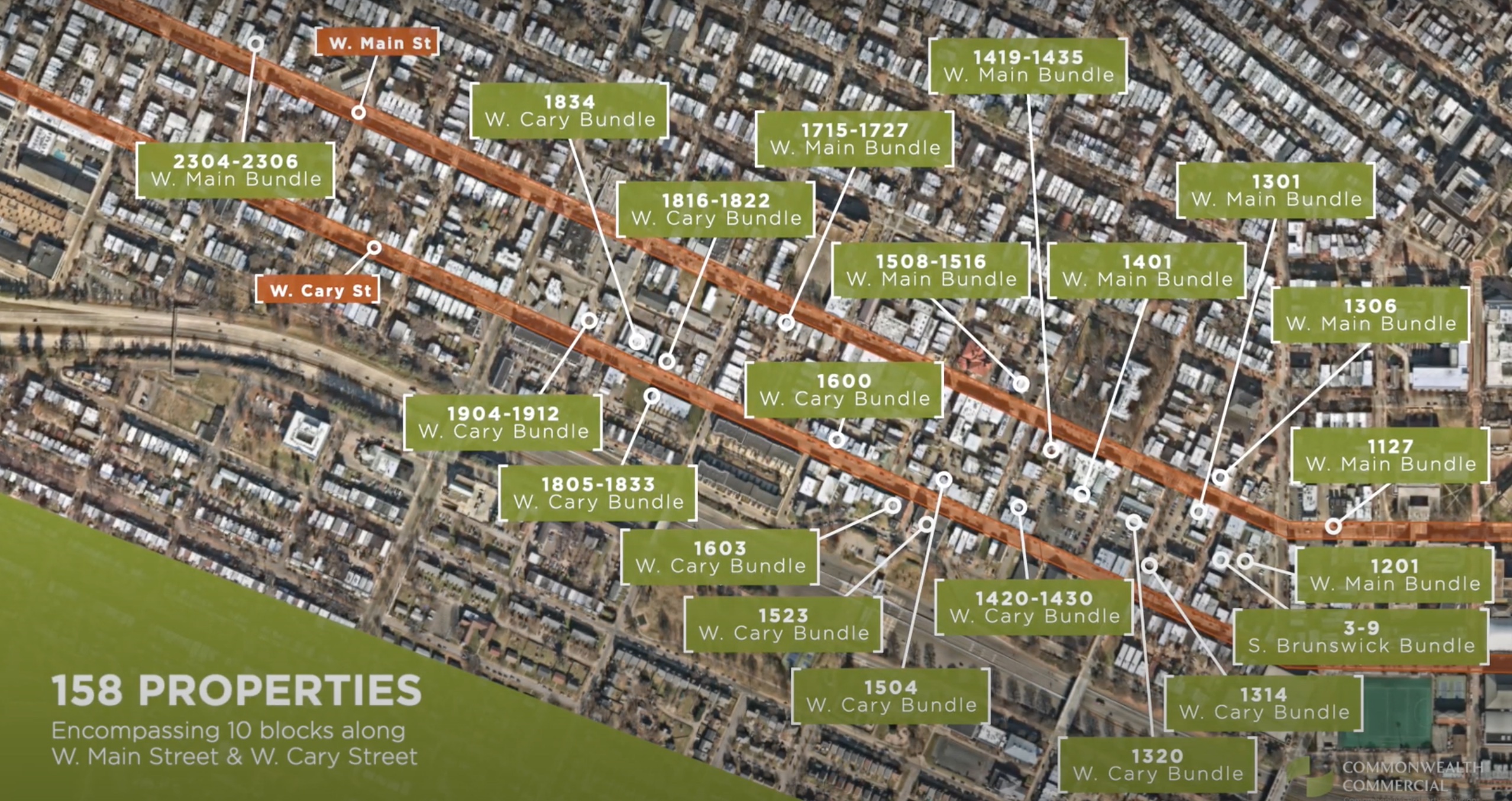
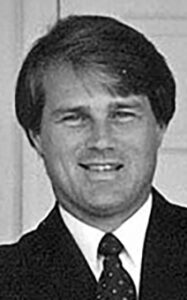
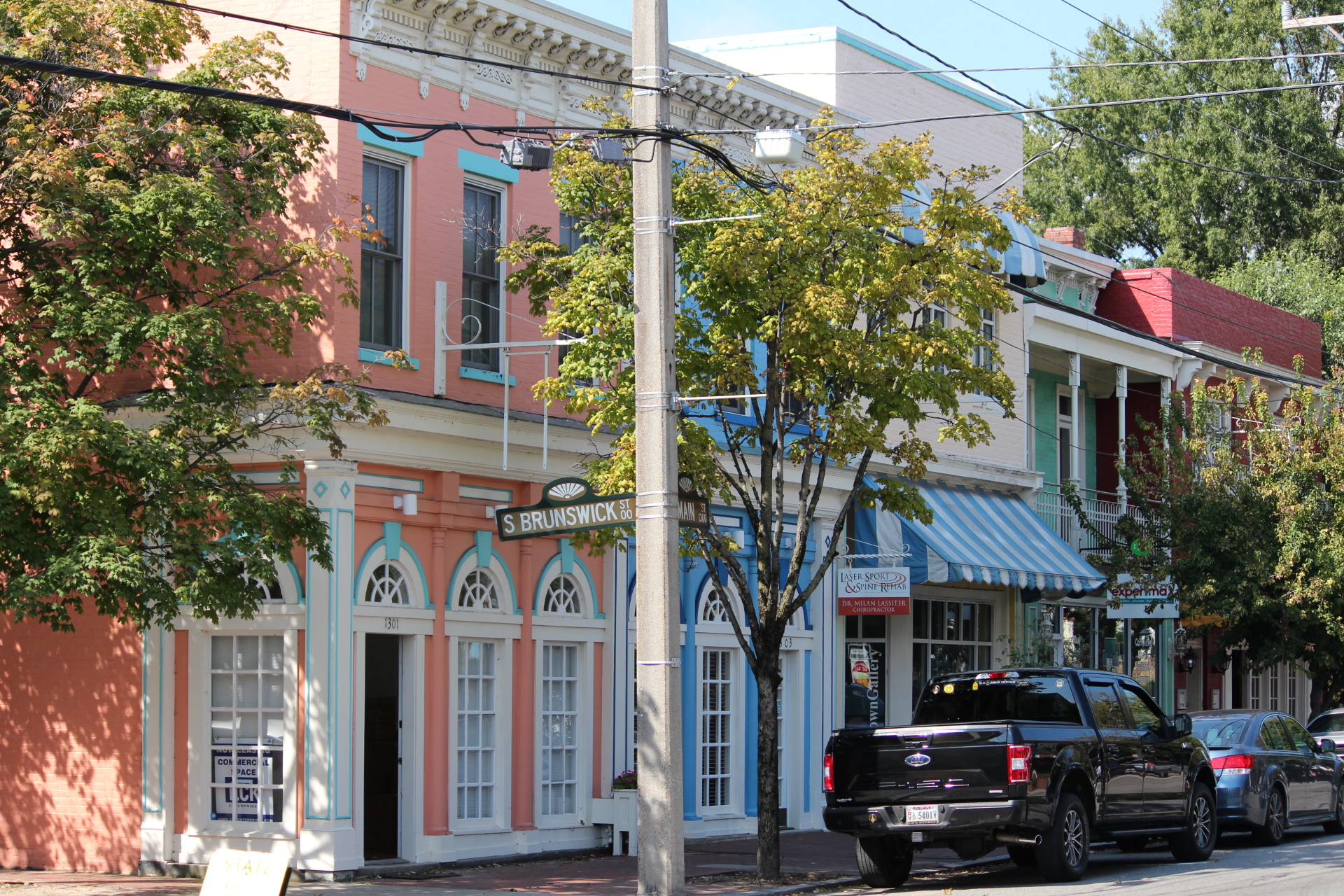


My congrats go to the brokers Kit and Nash for an amazing amount of work that had to be done packaging and marketing these properties. The photography and graphics work alone was a tremendous feat of logistics. And they kept it low key. They should get some kind of CoStar award for it.
Agreed Bruce! Congrats on a landmark sale~
Curiousity overwhelms me, does that mean it’s pending already? Though of course you can’t say.
I’m really curious to see who the buyer for this stuff is.
I’m with you on that..
Over 100 properties being sold in one fell swoop, in one of Richmonds most prominent neighborhoods, from one family to God knows who….
Could be a hedge fund, could be a slum lord crime family…
The lack of details should make people nervous…
Agreed 100%
Funny article never mentioned the nickname that caught on for the facade work and additions designs. Good old Eckitechture. Helped save and restore this section of the City!
I have to say that when I moved from NYS to richmond in 2003 I was impressed with that stretch of buildings — looked so much more cheery and optimistic than other commercial parts that tended to, at best, look “dignified”
I used to joke that it was the “French Island” district…